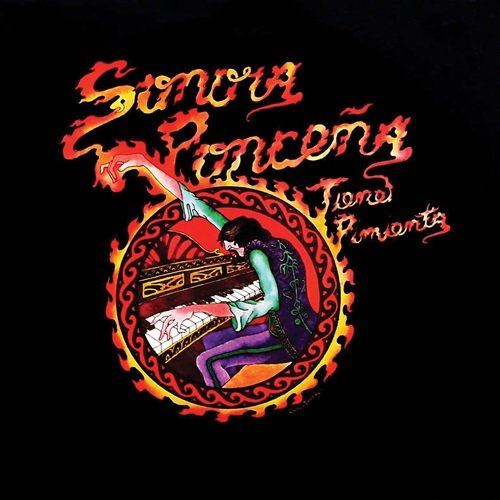They Might Be Giants - Long Tall Weekend (1999) [Hi-Res]
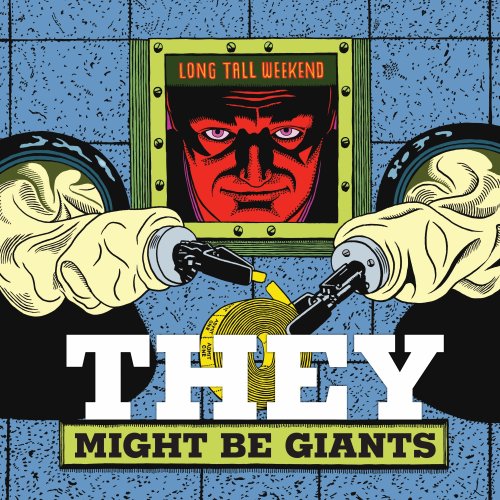
Artist: They Might Be Giants
Title: Long Tall Weekend
Year Of Release: 1999
Label: Idlewild Recordings
Genre: Indie Rock, Alternative
Quality: FLAC (tracks) 24/44,1, FLAC (tracks), 320 kbps
Total Time: 00:34:31
Total Size: 420 / 230 / 92 MB
WebSite: Album Preview
Tracklist:Title: Long Tall Weekend
Year Of Release: 1999
Label: Idlewild Recordings
Genre: Indie Rock, Alternative
Quality: FLAC (tracks) 24/44,1, FLAC (tracks), 320 kbps
Total Time: 00:34:31
Total Size: 420 / 230 / 92 MB
WebSite: Album Preview
01. They Might Be Giants - Drinkin' (1:32)
02. They Might Be Giants - (She Thinks She's) Edith Head (2:32)
03. They Might Be Giants - Maybe I Know (2:01)
04. They Might Be Giants - Rat Patrol (2:02)
05. They Might Be Giants - Token Back to Brooklyn (0:53)
06. They Might Be Giants - Older (1:54)
07. They Might Be Giants - Operators Are Standing By (1:20)
08. They Might Be Giants - Dark and Metric (1:38)
09. They Might Be Giants - Reprehensible (3:14)
10. They Might Be Giants - Certain People I Could Name (3:25)
11. They Might Be Giants - Counterfeit Faker (2:05)
12. They Might Be Giants - They Got Lost (4:37)
13. They Might Be Giants - Lullaby To Nightmares (2:21)
14. They Might Be Giants - On Earth My Nina (1:21)
15. They Might Be Giants - The Edison Museum (2:00)
16. They Might Be Giants - Dr. Evil (ft. Robin Goldwasser, bonus) (1:49)
During their decades-long career, They Might Be Giants have combined an outsider perspective, catchy melodies, and clever wordplay in endlessly imaginative ways. Musically, John Flansburgh and John Linnell borrow from everywhere, referencing everything from the British Invasion to Tin Pan Alley while alluding to pulp fiction and President Polk. They enhanced this eclecticism with their arcane sensibilities; the vaguely avant-garde aesthetic of their 1986 self-titled debut reflected their time in New York's post-punk underground. With cult favorites like 1988's Lincoln, They Might Be Giants built a huge college following, and successes like 1990's major-label debut Flood (which was eventually certified platinum) made them one of the most popular alternative bands before grunge. Later in the decade, the band embraced a fuller, more rock-oriented sound on albums such as 1994's John Henry, but their creativity extended to their early embrace of the internet as a means of connecting with and distributing music to their fans. The 2000s and 2010s found them thriving, with well-received forays into soundtracks and children's music -- 2008's Here Come the 123's won a Grammy, while 2009's Here Comes Science was nominated for one -- as well as acclaimed albums for their adult fans that included 2011's Join Us, 2015's Glean, and 2021's Book.
Flansburgh and Linnell met when they were children in Lincoln, Massachusetts. During high school, they began writing songs together, but they never officially formed a band. The Johns went to different colleges after high school, with Linnell playing in the Mundanes, a new wave group from Rhode Island. By 1981, the pair had reunited, deciding to move to Brooklyn to pursue a musical career. Performing as El Grupo De Rock, the duo's first show was at a Sandinista rally in Central Park. Soon after Flansburgh and Linnell settled on the moniker They Might Be Giants, taking the name from a George C. Scott film. Performing their original material with Flansburgh on guitar, Linnell on accordion and saxophone and backed by a drum machine, They Might Be Giants soon became fixtures on the Manhattan underground. When Linnell broke his wrist in a biking accident, the resourceful duo founded the Dial-A-Song service by recording their songs on an answering machine and advertised their phone number locally. Over the years, it was a successful venture; at one point, the service was receiving hundreds of calls a day. Starting in 1984, They Might Be Giants had a monthly gig at the Lower East Side club Darinka for three years, by the end of which they were selling out their performances. In March 1985, the duo released a 7" that included demos of several songs. ...
Flansburgh and Linnell met when they were children in Lincoln, Massachusetts. During high school, they began writing songs together, but they never officially formed a band. The Johns went to different colleges after high school, with Linnell playing in the Mundanes, a new wave group from Rhode Island. By 1981, the pair had reunited, deciding to move to Brooklyn to pursue a musical career. Performing as El Grupo De Rock, the duo's first show was at a Sandinista rally in Central Park. Soon after Flansburgh and Linnell settled on the moniker They Might Be Giants, taking the name from a George C. Scott film. Performing their original material with Flansburgh on guitar, Linnell on accordion and saxophone and backed by a drum machine, They Might Be Giants soon became fixtures on the Manhattan underground. When Linnell broke his wrist in a biking accident, the resourceful duo founded the Dial-A-Song service by recording their songs on an answering machine and advertised their phone number locally. Over the years, it was a successful venture; at one point, the service was receiving hundreds of calls a day. Starting in 1984, They Might Be Giants had a monthly gig at the Lower East Side club Darinka for three years, by the end of which they were selling out their performances. In March 1985, the duo released a 7" that included demos of several songs. ...
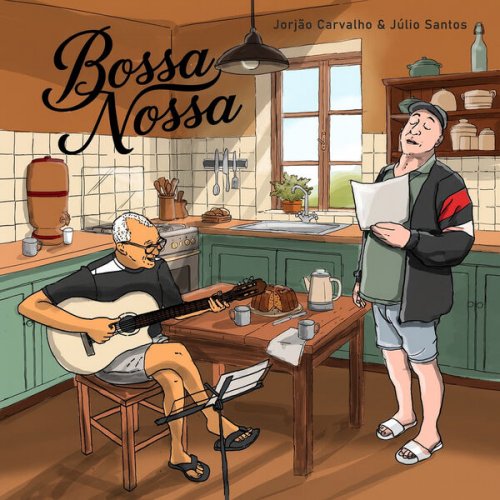
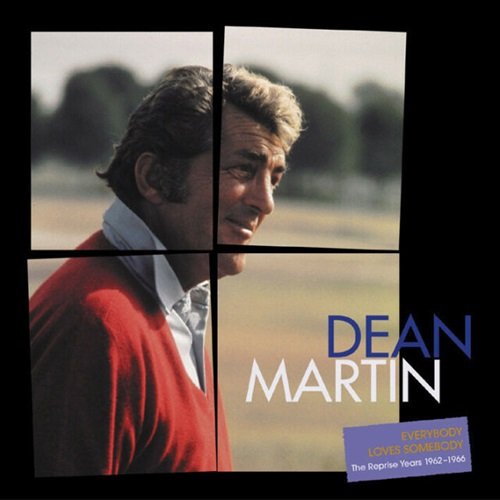

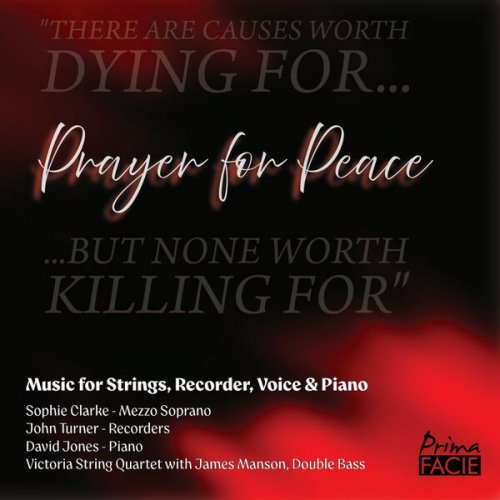
![Nectar Woode - Live at Village Underground (Live At Village Underground) (2025) [Hi-Res] Nectar Woode - Live at Village Underground (Live At Village Underground) (2025) [Hi-Res]](https://img.israbox.com/img/2025-12/15/eiazyx7yigt2lhbv1tcd3eos6.jpg)
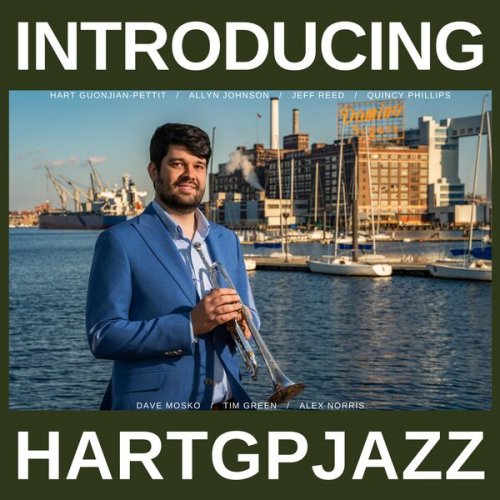
![Tomasz Stańko, Tomasz Szukalski, Dave Holland & Edward Vesala - Balladyna (1976/2025) [Hi-Res] Tomasz Stańko, Tomasz Szukalski, Dave Holland & Edward Vesala - Balladyna (1976/2025) [Hi-Res]](https://www.dibpic.com/uploads/posts/2025-12/1765717548_cover.jpg)

